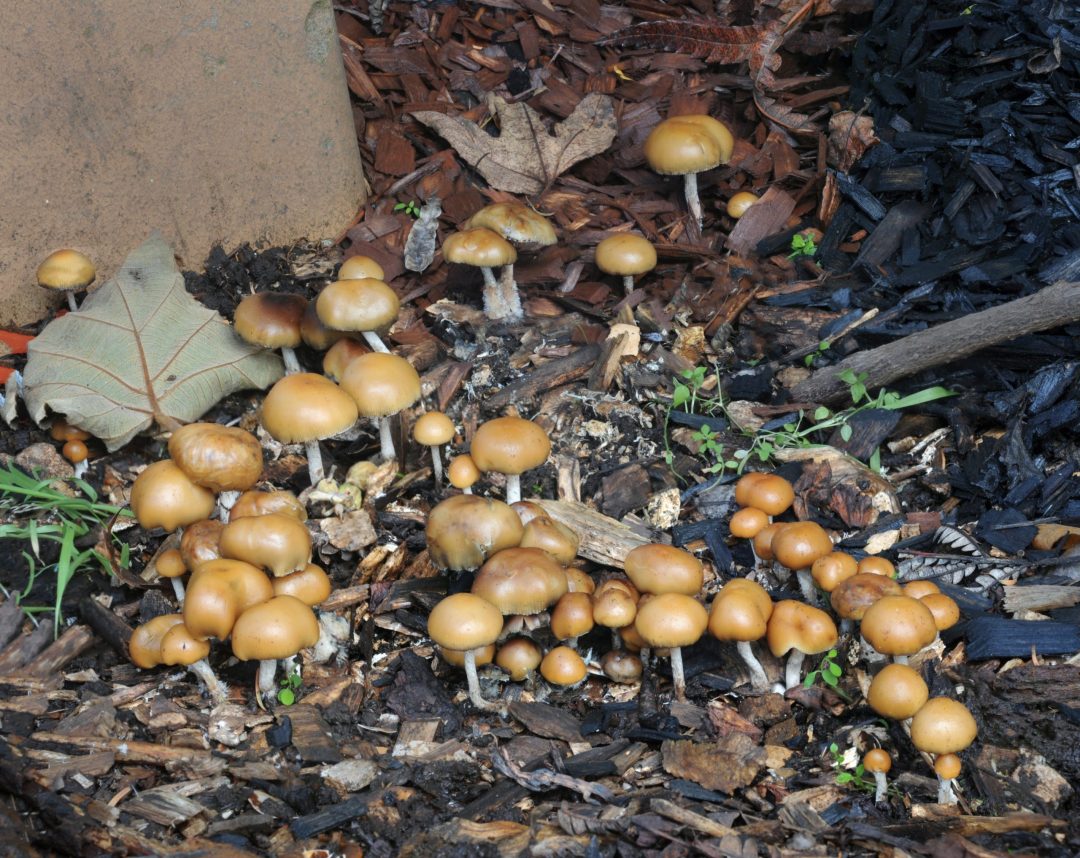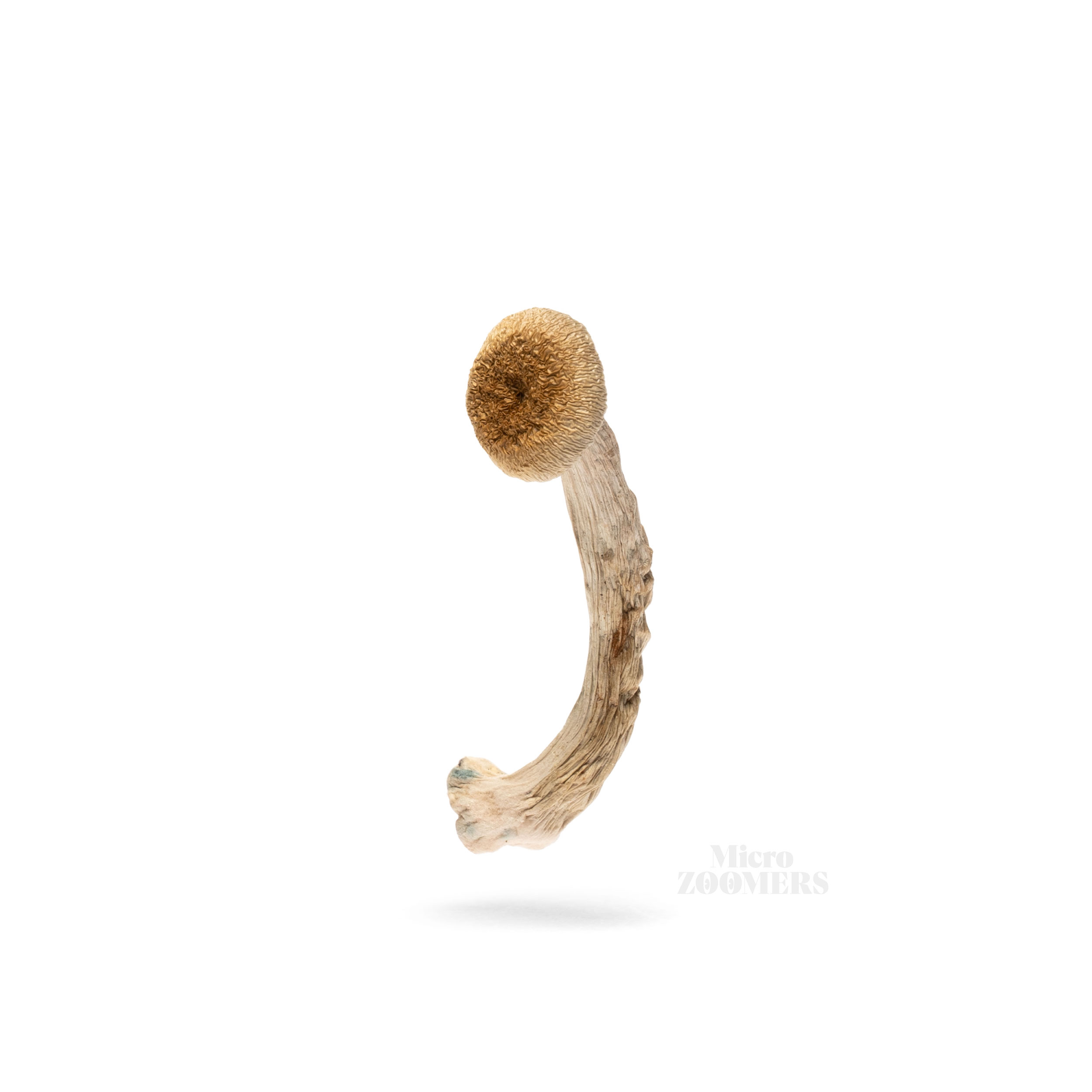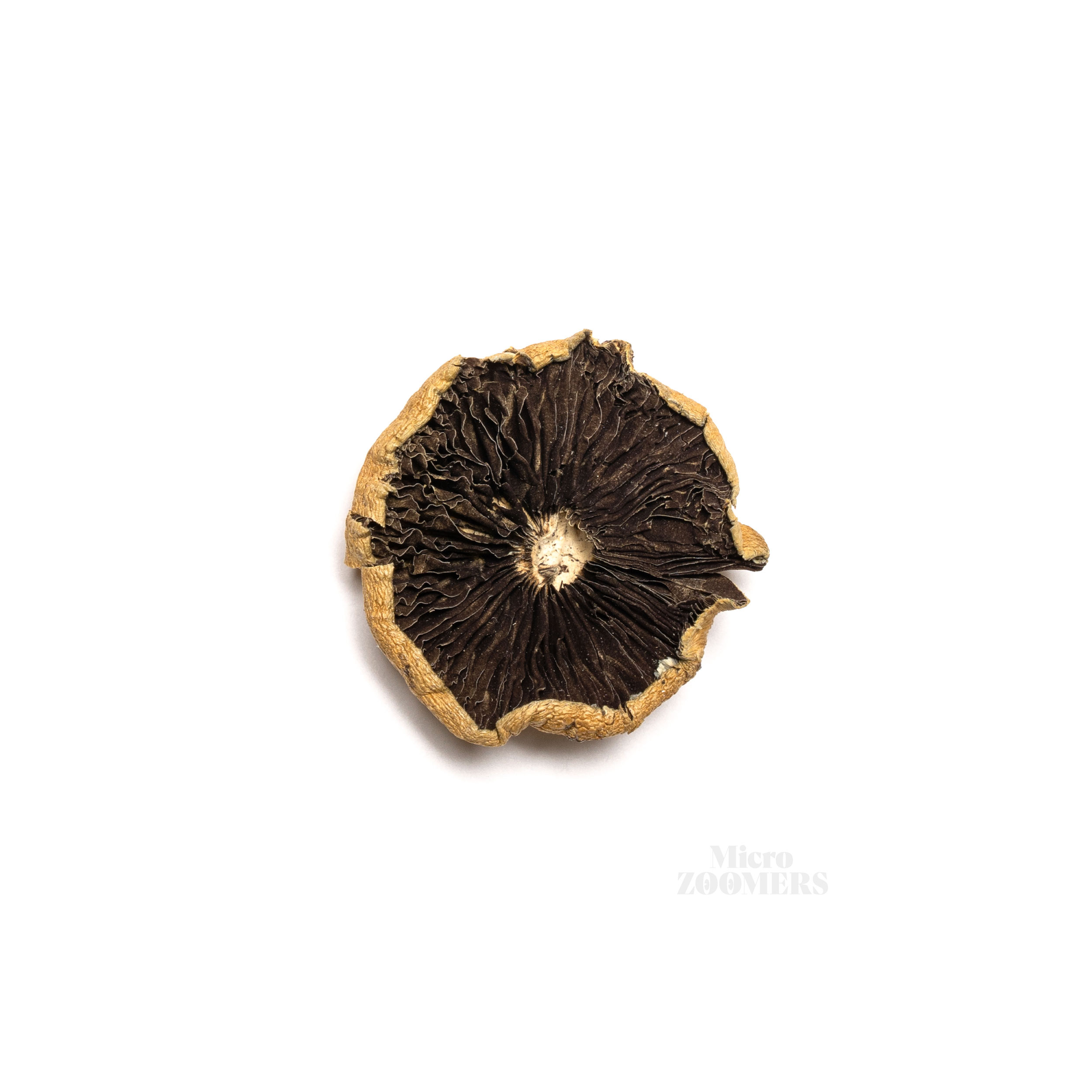PANAEOLUS CAMBODGINIENSIS
Panaeolus cambodginiensis is a magic mushroom that was first found growing around the famous Angkor Wat temple in Cambodia by famous amateur ethnomycologist J.W. Allen. While Allen was filming Psilocybes, he came across the first specimen of Panaeolus cambodginiensis growing in water buffalo dung. The flesh was readily bruising blue, a sign of psilocin presence.
Allen found was the first to identify a few other other magic mushrooms so it is not clear if the Allen mushroom stands for Panaeolus cambodginiensis, Psilocybe allenii, or Psilocybe samuensis (the latter being the best bet).
Panaeolus cambodginiensis was first described as Copelandia cambodginiensis, a tropical and semitropical subgenus of Panaeolus that are recognized by their “mottled gills” that give a spotted effect.
Thought to be widespread throughout the Asian subtropics, in 1993, Allen and Merlin reported the specie from Hawaii as well.
Panaeolus Cambodginiensis is larger than its relative Panaeolus tropicalis and generally smaller than Panaeolus cyanescens.
This moderately highly active psychedelic fungus has been described by consumers to provide an energetic and long lasting high and some believe it to be a good candidate for fostering both focus and creativity at work.
Today, this fast-colonizing specie is a popular choice for cultivators worldwide and is commonly called The Cambodian. It is said to have considerably gained in potency.
Visual Description
PANAEOLUS CAMBODGINIENSIS Potency
Habitat Origin





